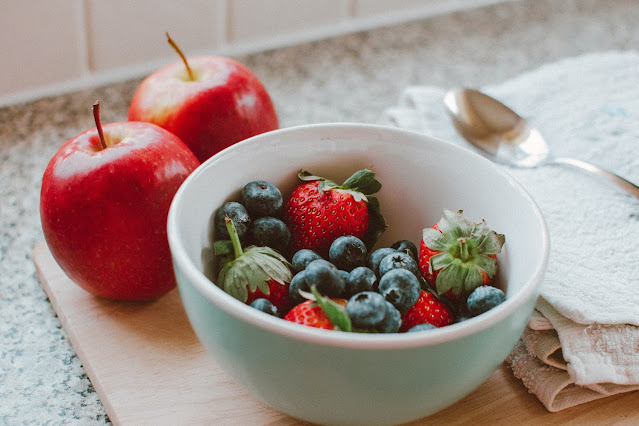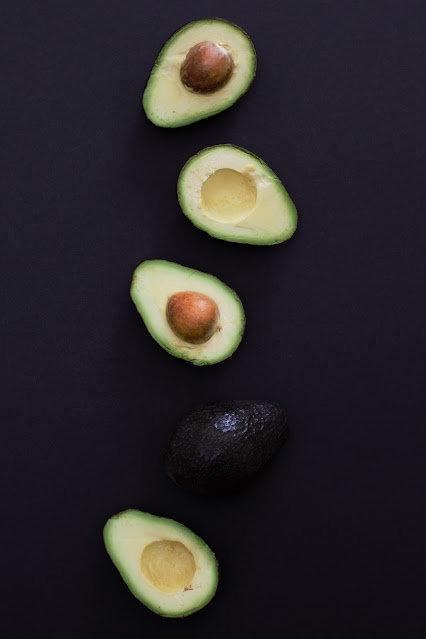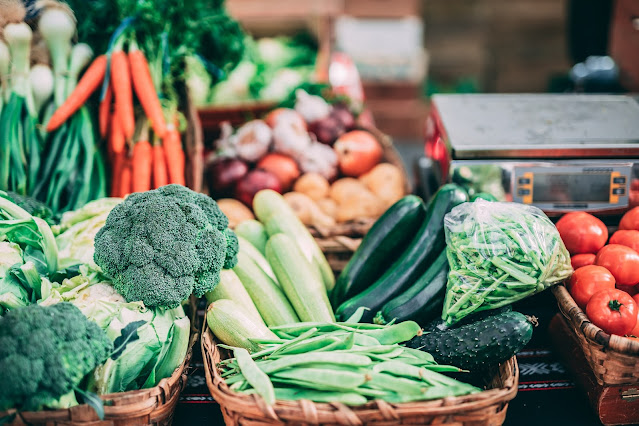how to achieve a neutral hair color at home
**Achieving a Perfectly Neutral Hair Color at Home**
Finding the ideal hair color can be a quest. While some crave vibrant reds or striking blondes, others prefer a more understated yet equally stunning option: a neutral hair color. Neutral shades, such as light brown or a soft medium blonde, offer versatility and can complement a wide range of skin tones. The best part? You can achieve a beautiful, neutral hair color right in the comfort of your home. In this blog post, we'll guide you through the steps to attain that perfect neutral hue.
**1. Assess Your Starting Point:**
Before you embark on your hair color journey, take a close look at your current hair color and condition. If you have previously dyed your hair or have any uneven color, you may need to consider a color correction process or consult a professional stylist.
**2. Choose the Right Hair Dye:**
Selecting the right hair dye is crucial for achieving a neutral shade. Look for hair color kits or products specifically labeled as "neutral" or "natural" to ensure you get the desired outcome. Be sure to check the product descriptions and reviews to find a shade that matches your target color.
**3. Conduct a Strand Test:**
Always perform a strand test before applying the hair dye to your entire head. This will help you gauge the final color result and determine whether any adjustments are needed. Follow the instructions provided with the hair dye for the strand test.
**4. Gather Your Supplies:**
Prepare all the necessary tools and supplies, including gloves, an old shirt or hair cape, a mixing bowl, a hairbrush or comb, and hair clips to section your hair.
**5. Protect Your Skin:**
Apply a thin layer of petroleum jelly or a barrier cream along your hairline and the tops of your ears to prevent staining from the hair dye.
**6. Mix the Hair Dye:**
Follow the instructions on the hair dye kit to mix the color. Be precise in your measurements and thoroughly combine the dye and developer to ensure even coverage.
**7. Section Your Hair:**
Divide your hair into sections to make the application process more manageable. Start with your roots, as they typically require more processing time.
**8. Apply the Hair Dye:**
Using a hairbrush or applicator, apply the hair dye evenly to each section, working from roots to tips. Ensure complete coverage by combing through the hair with a wide-toothed comb or your fingers.
**9. Set a Timer:**
Set a timer based on the recommended processing time provided with the hair dye. Be mindful not to exceed this time to avoid over-processing, which can lead to undesirable results.
**10. Rinse and Condition:**
After the processing time has elapsed, rinse your hair thoroughly with lukewarm water until the water runs clear. Apply the provided conditioner or a deep-conditioning treatment to restore moisture and shine to your hair.
**11. Style Your Hair:**
Once your hair is clean and conditioned, style it as desired to reveal your beautiful new neutral hair color.
**12. Maintenance:**
To maintain your neutral hair color, use color-safe shampoo and conditioner and avoid excessive sun exposure, as UV rays can fade hair color.
With these steps and a bit of patience, you can achieve a perfectly neutral hair color at home. Remember that everyone's hair is unique, so results may vary. If you have any doubts or encounter unexpected issues during the process, don't hesitate to seek guidance from a professional hairstylist. Enjoy your stunning new hair color!
Labels: Achieving a Perfectly Neutral Hair Color at Home, Hair color, Hair color at home














.jpeg)
.jpeg)
.png)










